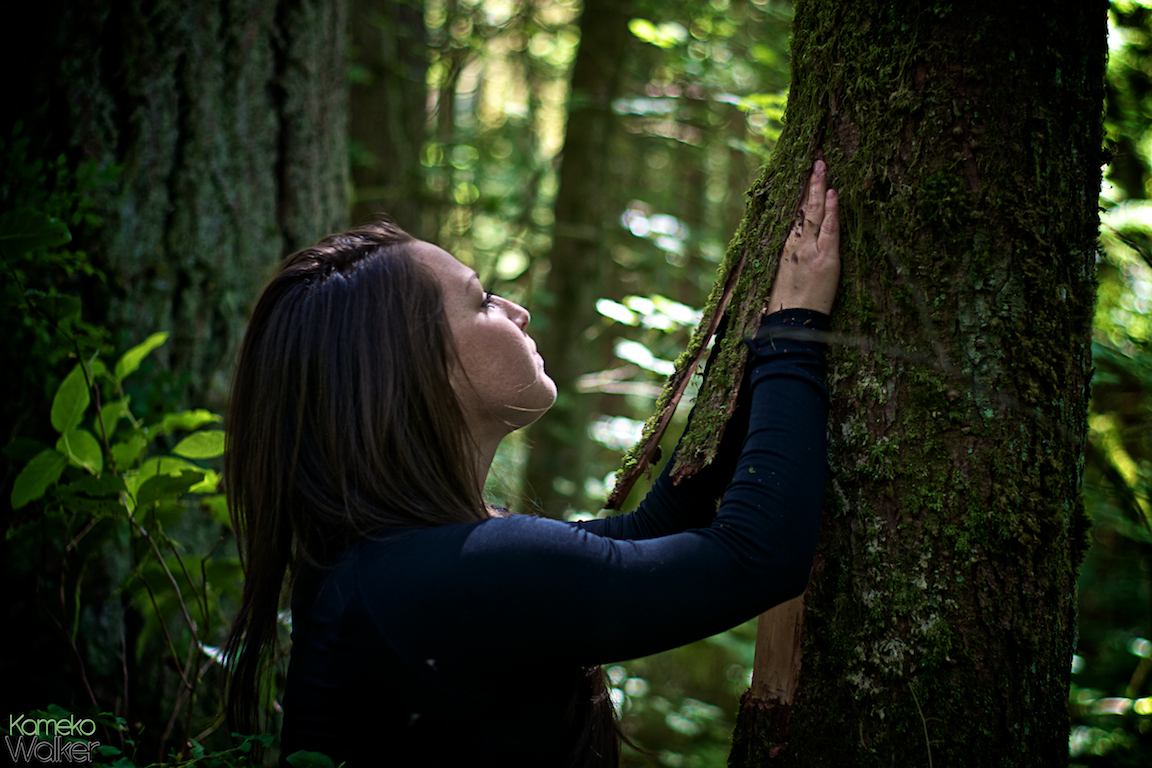“My family has been deeply impacted by colonization,” explains Avis O’Brien of her formative years in Alert Bay, home of the ‘Namgis People, off the coast of Vancouver Island. With her Irish father and Haida and Kwakwaka’wakw mother, O’Brien lived on the “white side of town”. Unfortunately, she associated being Indigenous with all of the negative stereotypes that are so prevalent in Canada.
“I had so much shame associated with my identity that I didn’t want any part in it. I was not raised with culture or a connection to the land, or a positive connection to my Haida and Kwakwaka’wakw identity.”
This shame, along with early childhood trauma, became a heavy burden of emotional pain. Avis turned to drugs to numb this pain. Eventually, this coping method led her to a difficult life of survival in Vancouver’s Downtown Eastside.
There had to be more to her life than this painful existence
But one day, Avis says, she realized that there had to be more to her life than this painful existence. She began the slow process of learning to live without drugs. Gradually, she found connection with herself, through embodiment practices such as yoga, and through the traditional land-based healing practices of her Haida and Kwakwaka’wakw ancestors
One of these practices was cedar weaving.
Weaving is therapeutic, Avis explains, because of the powerful healing properties of the cedar. She remembers standing in a forest, harvesting cedar bark for weaving. Following traditional protocols, she prayed to the tree first.
“I hugged the tree and then I just sobbed for half an hour. The tears I was releasing into the land were not my own tears; they were the tears of my ancestors. Being on the red road, or a path of recovery, opened me up to being a conduit for my ancestors to heal their pain through me.”
Haida and Kwakwaka’wakw teachings refer to the cedar tree as the Tree of Life because the survival of the people depended on her. The First People of the West Coast used her bark, wood, and roots to make canoes, houses, totem poles, storage baskets, clothing and caskets.
“From birth to death, cedar was used in all areas of our lives,” says Avis. “When a baby came from the spirit world, they were born onto a cedar woven mat. When a person went back to the spirit world, they went back in a cedar box.”
For Kwakwaka’wakw and Haida people, cedars are like big sisters. More than flora, these century-old giants are living ancestors. When Avis embraces an old-growth cedar, she can realistically imagine that a great-great auntie may have touched this same tree. Bark, harvested and cured, retains this spiritual connection so that weavers and wearers have an energetic connection to their ancestors in physical form. When something is woven or created out of cedar, the spirit of the cedar tree lives on in what is created.
Since trees, animals, land, and stars are all considered relatives, Avis believes these bodies hold trauma just as humans do. And just as yoga practitioners discover healing through reconnection with their bodies, Avis finds healing through connection to the land.
More than a decade later, Avis is a successful entrepreneur, cedar-weaving artist, mother, and cultural facilitator. She brings the teachings of cedar weaving to schools on Vancouver Island, helping a new generation remember their connections to the land and to themselves.
For the past year, Avis and Yoga Outreach have been working together to re-imagine ways to support the wellness of Indigenous children and youth within the Unceded Territories of the Haida and Kwakwaka’wakw Peoples. The goal is to create a curriculum that draws on Haida, Kwakwaka’wakw, and South Asian healing practices to support self-regulation and resiliency. Educators and mental health support workers in these regions can use this adaptive curriculum to support Indigenous children in building healthy relationships with themselves, their communities, and the land.
Participate in one of Avis O’Brien’s deeply moving classes in the Yoga Outreach Certification™ program, or in the Yoga Outreach Core Level II Training™. You can also find her workshops and cedar weaving through Nalaga Designs.

